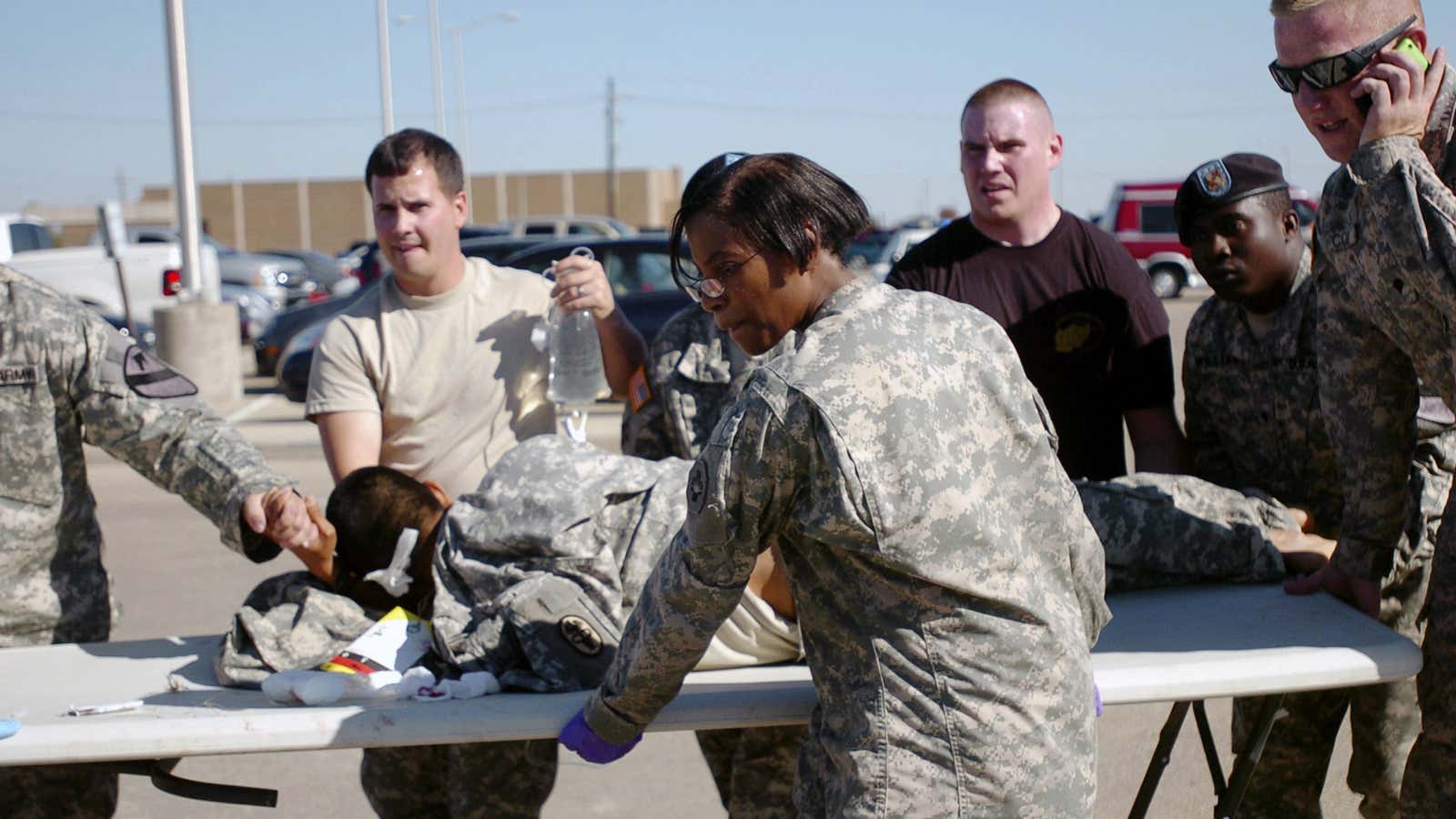Even among attention-starved, isolated murderous fanatics, the warning signs are there.
Since Sept. 11, 2001, 76% of lone-wolf terrorists have publicly revealed their plans in the weeks and hours before an attack, according to the “largest and most comprehensive database ever created on lone-wolf terrorism” in the US.
This is among a number of “signatures,” identified by researchers Mark Hamm and Ramon Spaaj in a report (pdf), which analyzed 98 cases of lone-wolf terrorism in America between 1940 and 2013. Lone wolfs—examples include Nidal Hasan, who killed 13 and injured 30 in the 2009 Fort Hood shooting, the Boston Marathon bombings, and the recently-foiled French train terror attack—often publicly shared their plans through e-mails, text messages, Facebook, Twitter, and even podcasts.
For example, Paul Ciancia, who killed one TSA officer and wounded five bystanders in 2013, sent a number of texts to his brother before the mass shooting at Los Angeles International Airport in which he said he was thinking of taking his own life. His brother informed local police immediately, and the LAPD arrived at Ciancia’s apartment six minutes later, but were too late to prevent the shooting.
Post-9/11, lone wolfs were found to broadcast their intent more than once as they wanted to gain recognition for their cause. The researchers argue that law enforcement should focus on these public declarations, instead of the attacker’s underlying grievances, to best address the dangers presented by lone-wolf terrorism, which they defined as follows:
Lone-wolf terrorism is political violence perpetrated by individuals who act alone; who do not belong to an organized terrorist group or network; who act without the direct influence of a leader or hierarchy; and whose tactics and methods are conceived and directed by the individual without any direct outside command or direction.
They found most such single attackers are unemployed, single white males with a criminal record. Compared to members of terrorist organizations, such as Al Qaeda and ISIL, lone wolfs are older, less educated, and more likely to have a mental illness.
According to researchers, lone-wolf terrorism is undergoing two important changes. Uniformed police and military personal have become a primary target and high-velocity firearms are now the weapons of choice. Prior to 9/11, lone-wolf terrorists didn’t attack a single member of the US military.
But in terms of lethality, the data indicates that single attackers are not on the rise in America.
